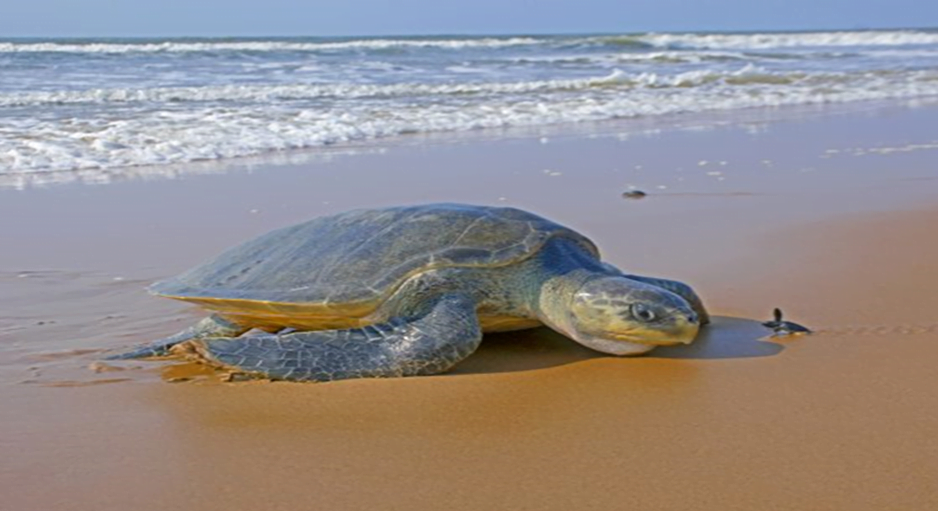Environment & Ecology
In News: Canberra, Australia launches new federal action plan to make efforts at conservation and recovering of the Koala and the Olive Ridley turtle and 110 other ‘priority species’ over the next 10 years.
About Koalas:
- The koala is an iconic Australian animal, often called the koala “bear”.
- This tree-climbing animal is a marsupial—a mammal with a pouch for the development of offspring.
- They have two opposing thumbs on their hands, and both their feet and hands have rough pads and claws to grab onto branches. They have two toes, fused together, on their feet, which they use to comb their fur.
- Koalas live in the eucalyptus forests of Australia and rely on the eucalyptus tree for both habitat and food.
- Eucalyptus is toxic, so the koala’s digestive system has to work hard to digest it, breaking down the toxins and extracting limited nutrients. That’s why koalas sleep for 18-22 hours because they get very little energy from their diet.
- Koalas usually don’t drink much water as they get most of their moisture from these leaves.
- Threats to survival include hunting for their fur, habitat loss, land clearing, logging, bushfires and Chlamydia.
- IUCN status: Vulnerable

About Olive ridley turtles:
- The olive ridley gets its name from the olive-green colour of its heart-shaped shell.
- They grow to about 2 feet in length, and 50 kg in weight. Males and females grow to the same size; however, females have a slightly more rounded carapace as compared to the male.
- They are carnivores, and feed mainly on jellyfish, shrimp, snails, crabs, molluscs and a variety of fish and their eggs.
- They are remarkable navigators and spend their entire lives in the ocean, and migrate thousands of kilometres between feeding and mating grounds in the course of a year. They come to the surface to breathe.
- Adult female sea turtles return to land to lay their eggs in the sand in a process called ‘Arribada’ nesting. The coast of Orissa in India is the largest mass nesting site for the Olive-ridley.
- Threat to survival include bycatch in fishing gear, direct harvest of turtle eggs and meat, loss of nesting habitat, vessel strikes, ocean pollution and climate change.
- IUCN status: Vulnerable

Source: Down to Earth
Previous Year Question
Q.1) Consider the following statements: (2019)
- Some species of turtles are herbivores.
- Some species of fish are herbivores.
- Some species of marine mammals are herbivores.
- Some species of snakes viviparous.
Which of the statements given above arc correct?
- 1 and 3 only
- 2, 3 and 4 only
- 2 and 4 only
- 1, 2, 3 and 4













